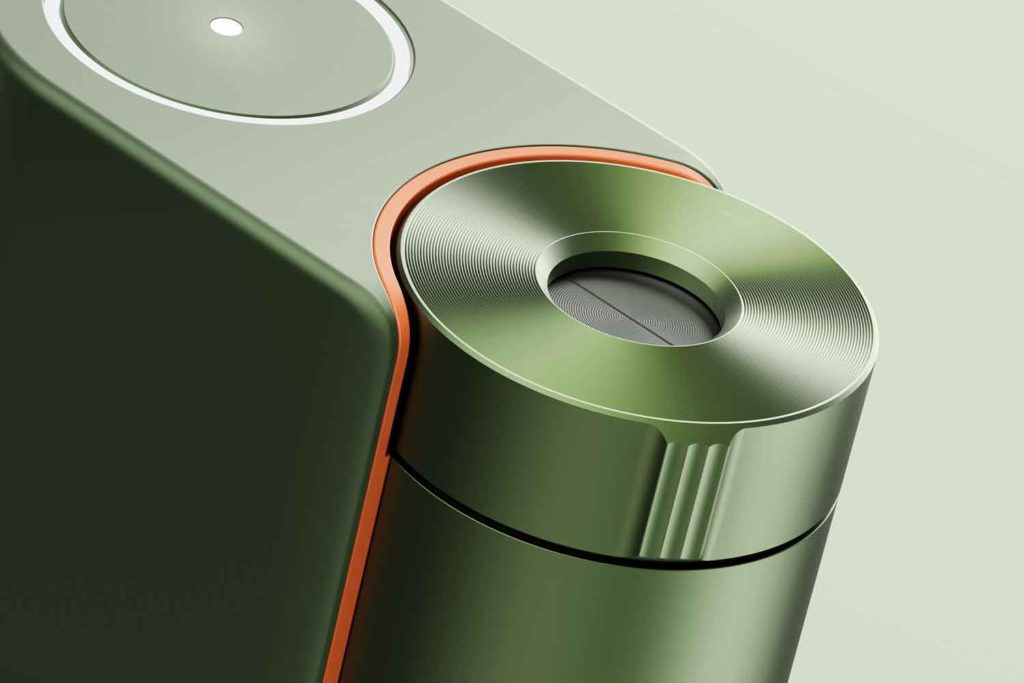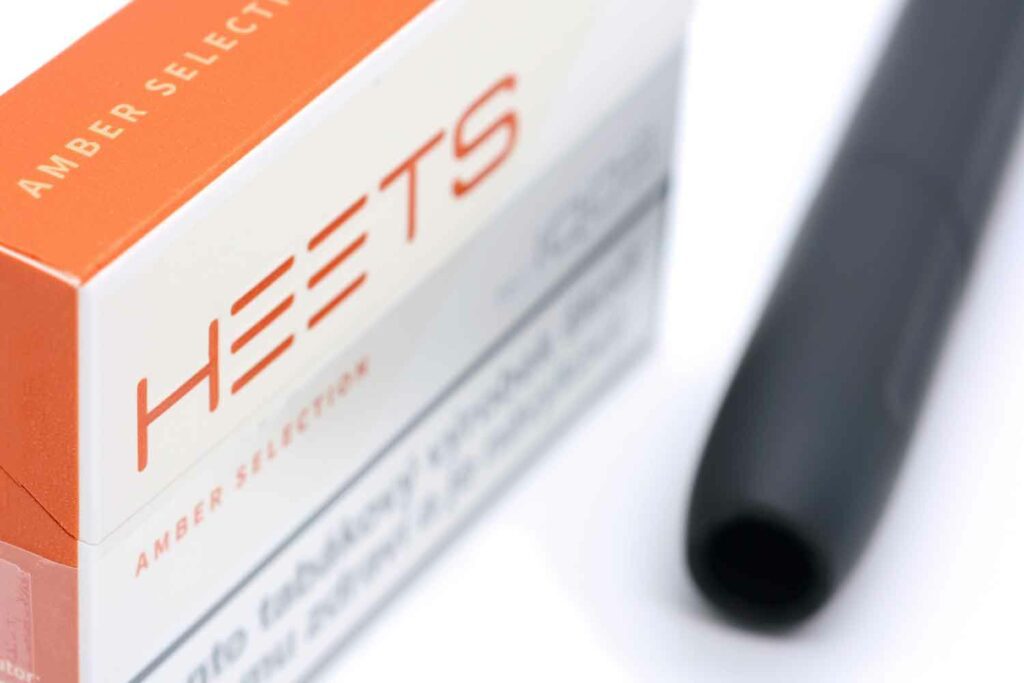
Philip Morris International has launched IQOS Iluma i, the latest and most innovative addition to its growing portfolio of smoke-free products, in Japan. The launch marks the 10-year anniversary of IQOS, which debuted in Nagoya, Japan, in 2014.
“We leverage science, world leading brands and commercial capabilities to provide better alternatives to our consumers. This anniversary provides an opportunity to renew our smoke-free vision and our ambition for over two-thirds of our total net revenue to come from smoke-free products by 2030,” said PMI CEO Jacek Olczak in a statement.
“IQOS Iluma disrupted the category by introducing induction-heating technology that heats tobacco from within, to provide a consistent taste experience, no tobacco residue, and no need to clean the device. Today, we take IQOS to new heights, with the launch of IQOS Iluma i—the latest innovation in our smoke-free portfolio, offering a range of advanced features for a clean, seamless, and more flexible experience.”
The IQOS Iluma i series offers three devices in Japan: IQOS Iluma i PRIME, IQOS Iluma i and IQOS Iluma i ONE. All three devices bring a range of adaptable new features.
The new touch screen on the device’s holder allows users to see experience-relevant information quickly and easily. To personalize the experience, IQOS Iluma i introduces a new pause mode. By swiping up or down on the touch screen, users can pause and resume their consumption according to their preferences.
The new IQOS Iluma i also includes smart features that help prolong the lifespan of the holder’s battery. Furthermore, the door for IQOS Iluma i is made from aluminum produced with renewable energy and the inner textile layer of IQOS Iluma i’s Prime leather-like wrap is made of 100 percent recycled plastic.
“IQOS Iluma i is our most innovative offering to date and the new flagship in our portfolio of scientifically substantiated, heat-not-burn smoke-free systems,” said Bertrand Bonvin, president heat-not-burn platforms at PMI. “Like previous IQOS devices, it emits, on average, 95 percent lower levels of harmful chemicals compared with cigarettes. We are proud that consumer feedback continuously fuels our innovation, and IQOS Iluma i is a testament to that.”























